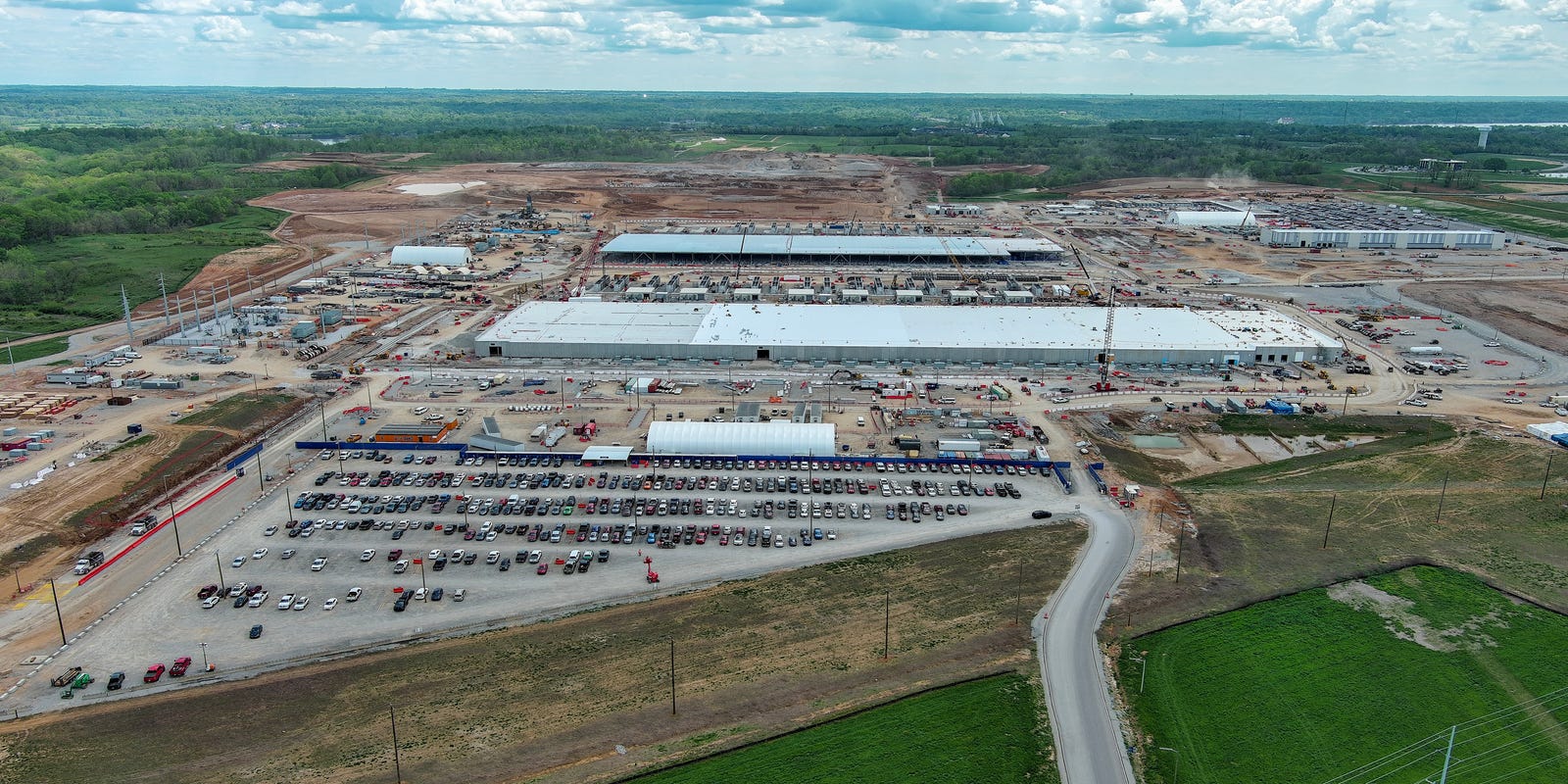Dark Side of Progress: Indiana's Data Center Surge Sparks Environmental and Health Alarm

Indiana's Data Center Boom: Promise or Peril?
In a bold move to attract technological investment, Indiana has thrown open its doors to data center development, but the decision is sparking intense debate among environmental watchdogs and consumer protection groups. While the state celebrates potential economic growth, critics are sounding alarm bells about significant environmental and health risks.
The rapid expansion of data centers promises jobs and economic stimulus, but beneath the surface lies a complex web of environmental concerns. These massive digital infrastructure projects consume enormous amounts of energy, potentially straining local power grids and contributing to increased carbon emissions. Environmental advocates argue that the short-term economic gains could come at a devastating long-term cost to the state's ecological health.
Consumer groups are particularly worried about the potential health implications. The massive server farms generate substantial heat and electromagnetic radiation, raising questions about potential impacts on nearby communities. Moreover, the water and energy requirements of these facilities could strain local resources, potentially affecting residential access to critical utilities.
As Indiana positions itself as a emerging tech hub, the critical challenge will be balancing technological progress with environmental stewardship. Policymakers must carefully weigh the economic benefits against the potential environmental and health risks, ensuring that the state's digital transformation doesn't come at an unsustainable price.
The data center debate in Indiana is more than just an economic discussion—it's a crucial conversation about sustainable development, community well-being, and the future of technological growth.
